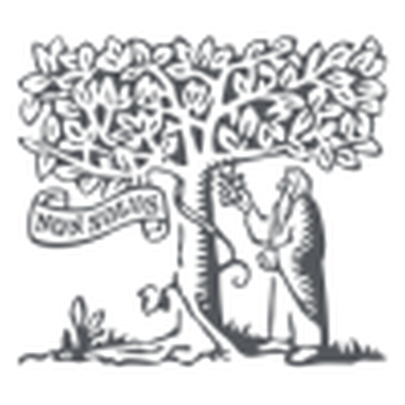Medieval manuscripts of the Historia scholastica by Peter Comestor in Polish libraries
DOI:
https://doi.org/10.33077/uw.25448730.zbkh.2015.141Keywords:
Piotr Comestor, Historia scholastica, medieval manuscripts, biblical commentaries, teaching of theology in the Middle AgesAbstract
The Historia scholastica, as demonstrated by the research of Agneta Sylwan, ranks among the most popular texts of the Middle Ages. It was written by the French scholar and ecclesiastic Peter, known as Comestor or Manducator (ca. 1100 – 12 October 1179). Comestor was educated by John of Tours, disciple of the famous Anselm of Laon. Around 1150, he travelled to Paris, to further his education under the direction of Peter Lombard. Several years later, Comestor himself was already a renowned teacher. During the period 1164–1168, he held one of the chairs in theology, later to become chancellor of the cathedral school of Notre Dame (1168–1178). Circa 1170, he completed his opus magnum, the result of many years of studies and classroom experience. The Historia scholastica is a Biblical commentary, focusing on the literal sense. Already Comestor himself used it as a textbook in his teaching. Promptly, other masters followed in his footsteps. With time, the work established itself as one of the chief sources in teaching of theology at medieval universities. It was also used by the clergy as a guide in Biblical interpretation, hence its numerically signifi cant presence in monastic libraries. In Poland, just like in other countries of the medieval Latin world, Historia scholastica was copied both at the university and for the use of the clergy. The oldest extant copy is dated to the 12th century and was most probably executed in Paris. Further copies came from other French cities, from Italy, and from Bohemia, in Poland becoming exemplars for yet other copies.






